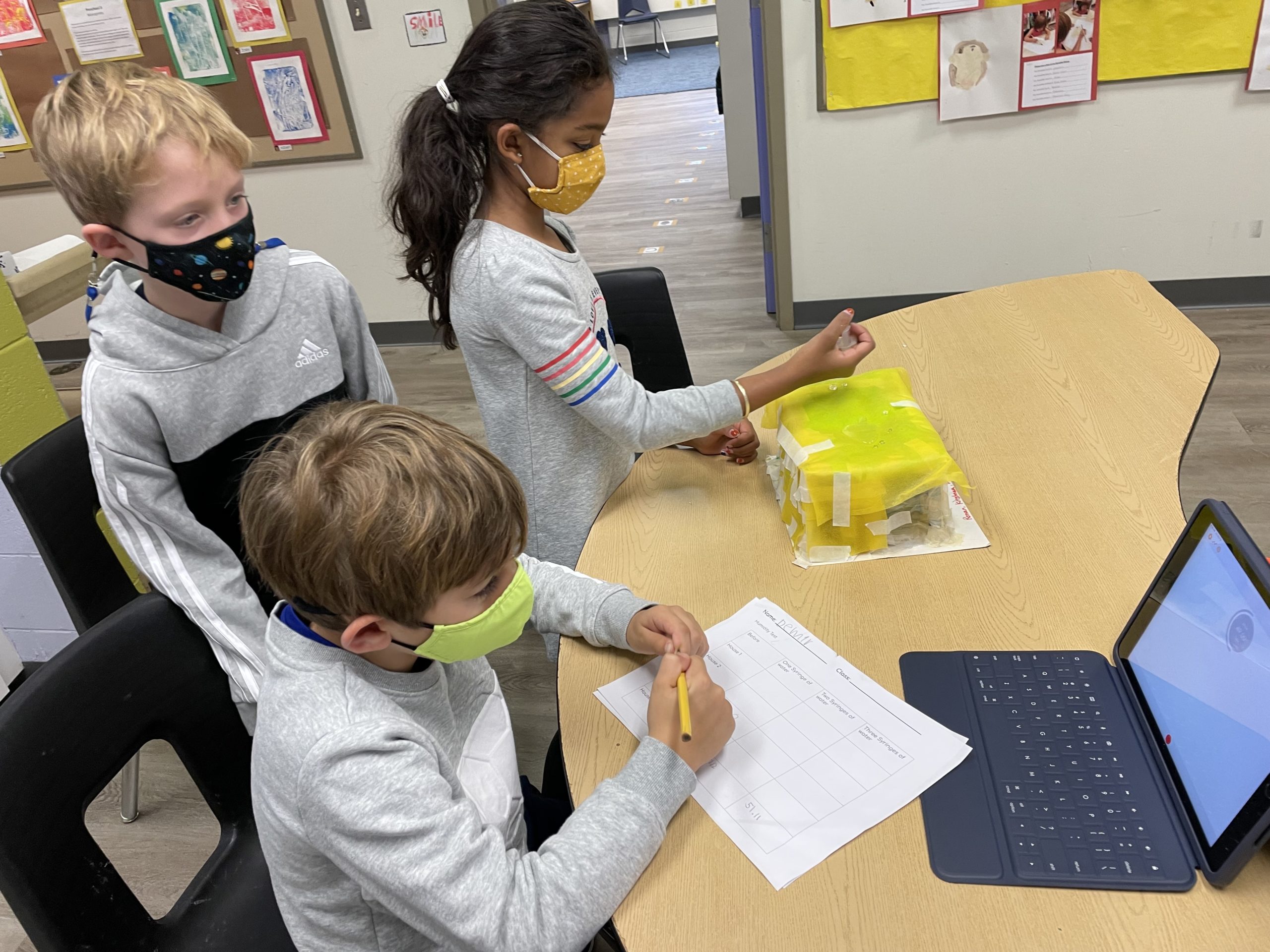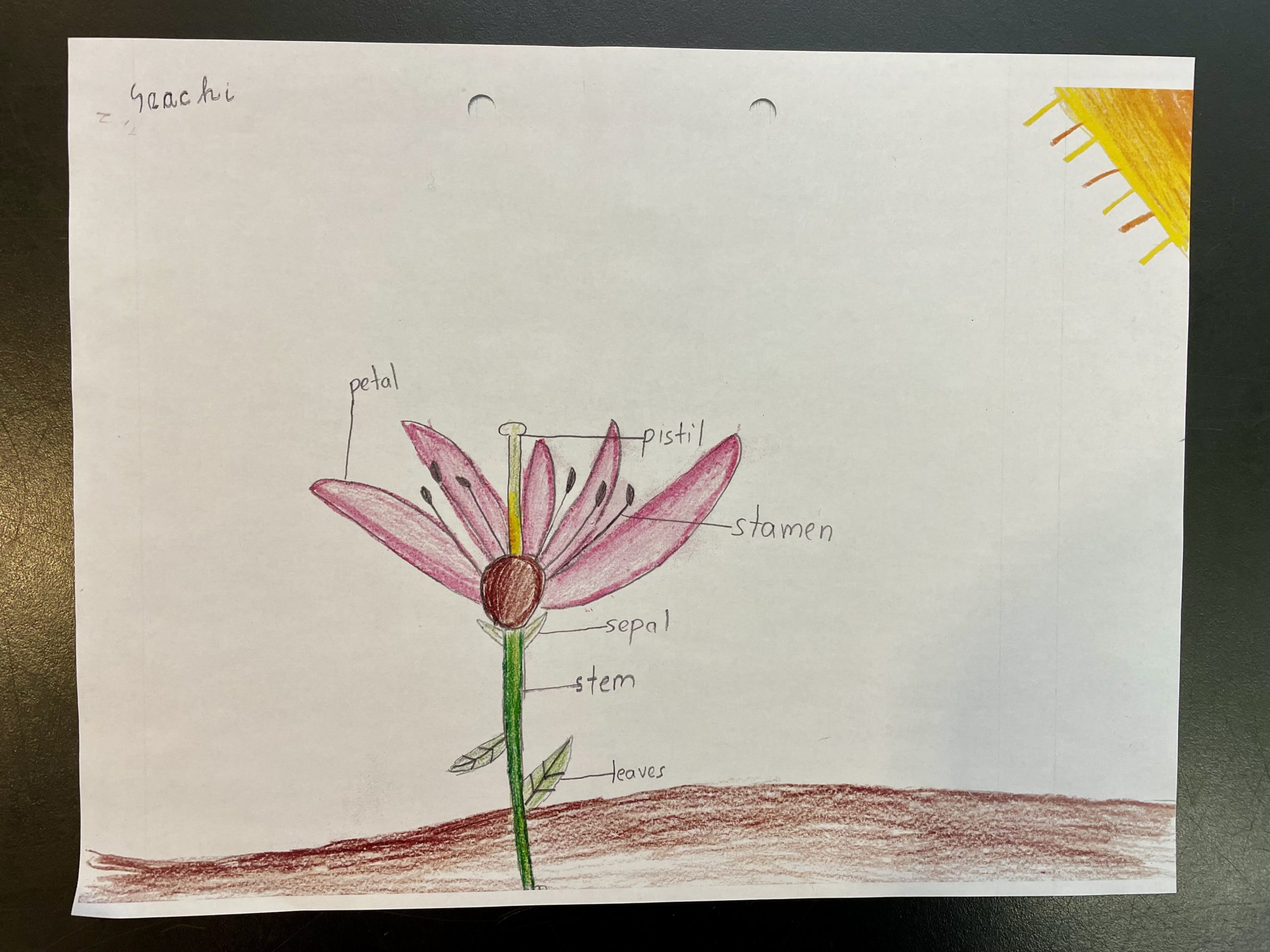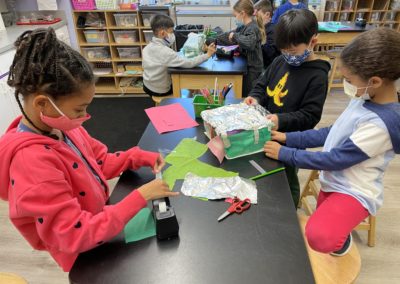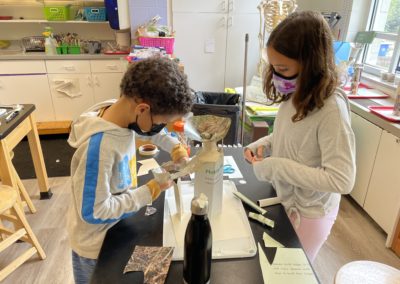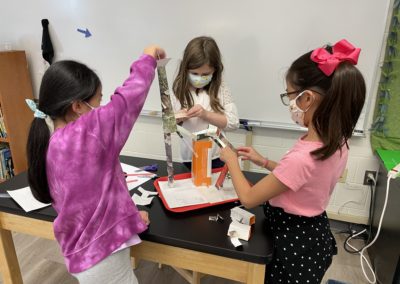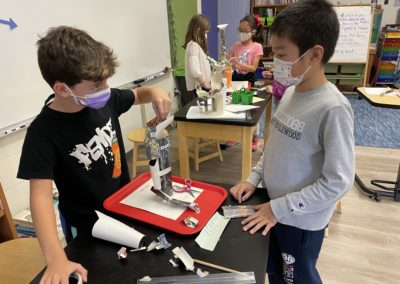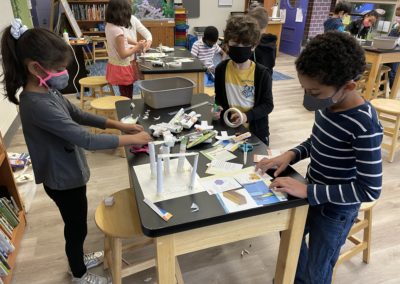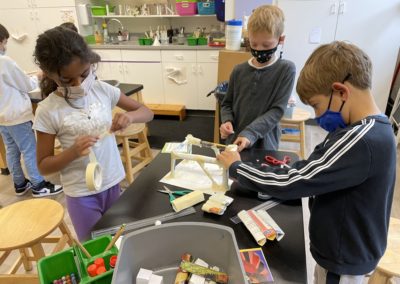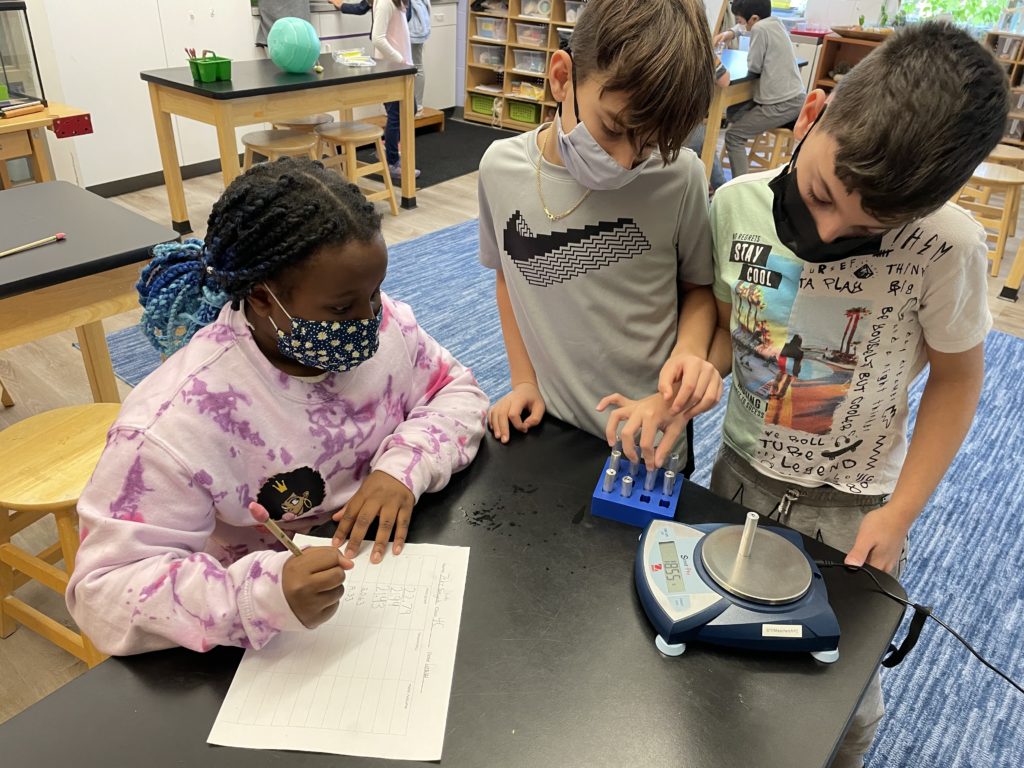
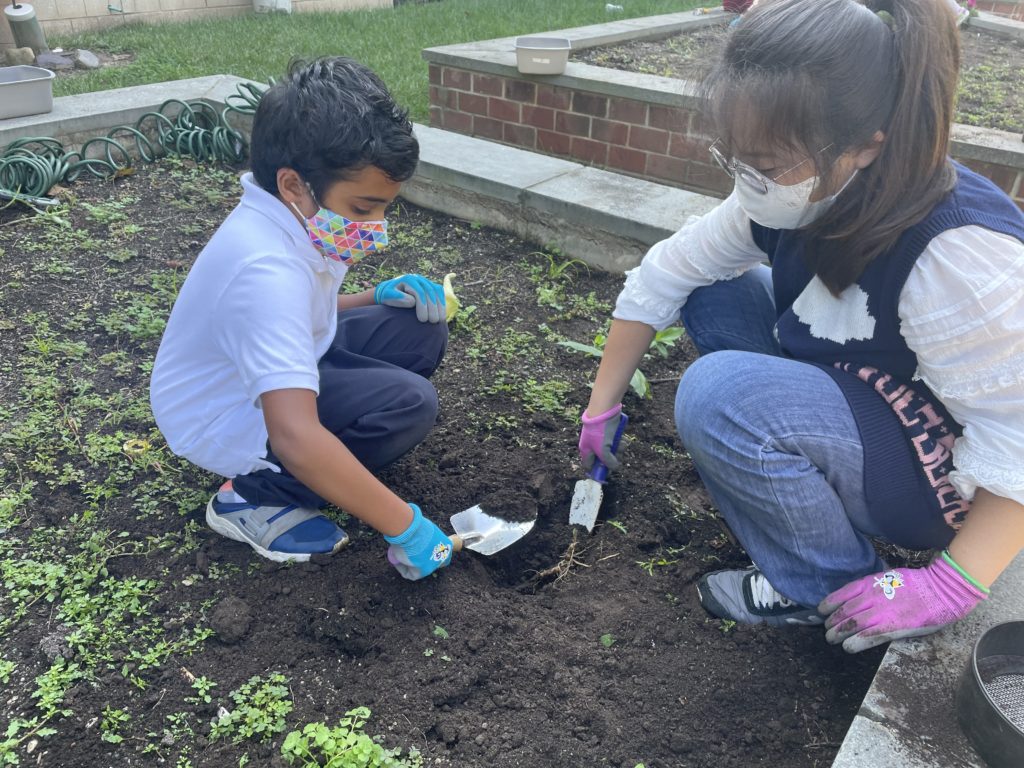
Lately, the integration of science, technology engineering, art, and mathematics has been prevalent in education.
Science is a way of knowing nature and uncovering its laws, which also drives the development of modern
technology. In turn, technologists and engineers design inventions and solve problems to support scientific
discoveries. Mathematics provides analytical tools to scientists, technologists, and engineers. With its power to
represent and convey information, art has been an inseparable part of all the processes described above. But
what does STEAM look like in the Lower School?
Researchers have argued that guiding students to use models and modeling to solve authentic STEAM problems
is one way to achieve the goal. Scientists use models to make sense of the phenomena that are too big or too
small to observe, use models to document and communicate about natural processes, and to develop
mathematical models to organize and analyze their observations. Engineers build models to test their ideas
before building the real objects. In the Lower School science classes, this is exactly the way of learning students
are engaged in every day.
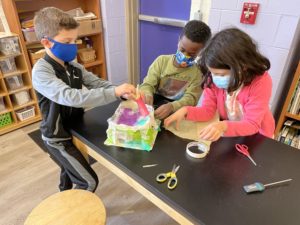
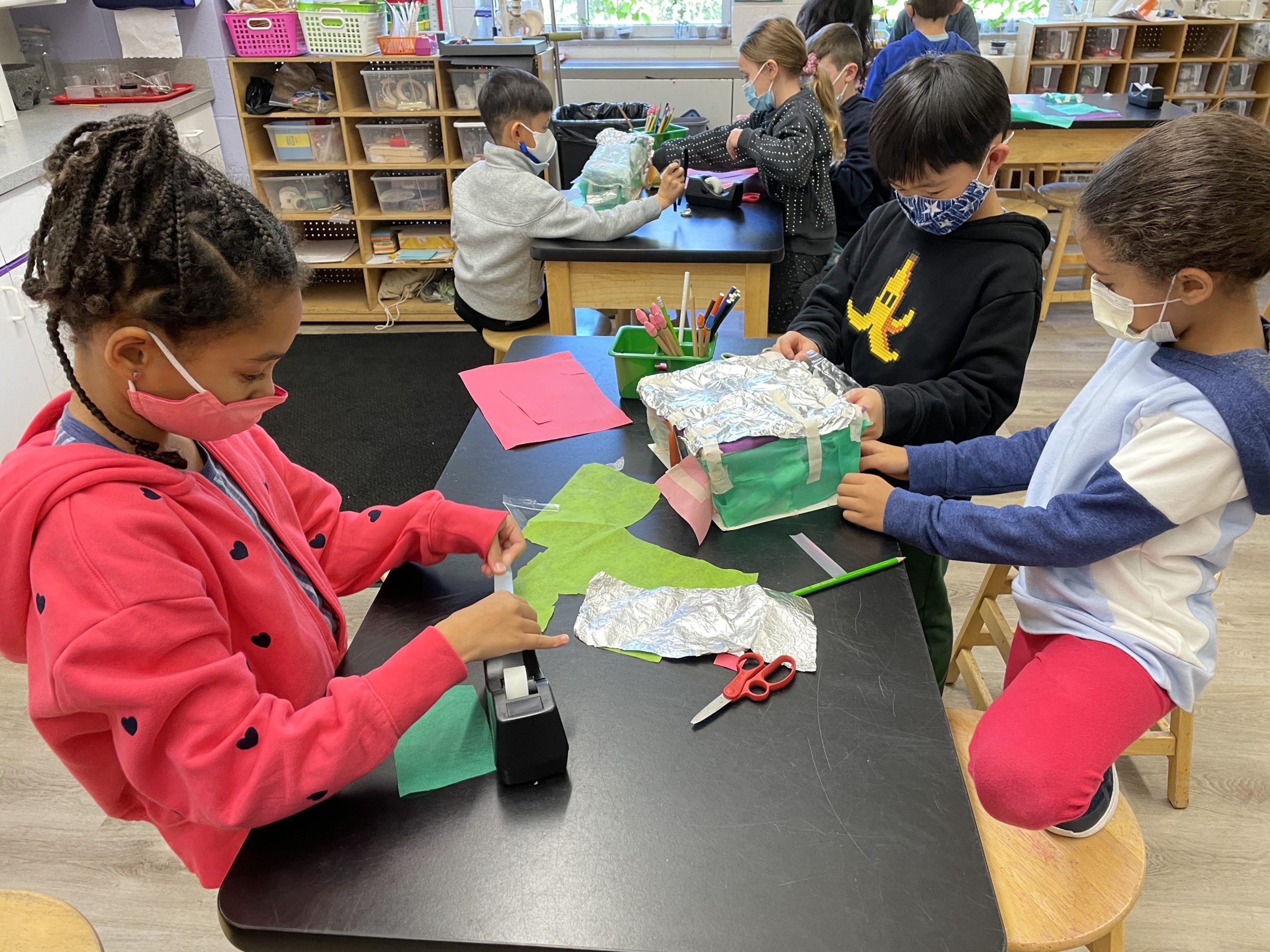

For second graders, structure/function, and properties of materials are two core ideas this year. Students were
challenged to design a model of a house in Antarctica. After they brainstormed possible issues they may
encounter when building houses in Antarctica, they decided that their houses will need to be waterproof, hold
weight, keep what’s inside warm and dry, and also have at least a window and a door. After they finish
building, they also put a temperature sensor in each house and put the house in the freezer to collect data on
how the temperature changed over time. Then they put the humidity sensor in their house and added water from
the top of the house. With this data in hand, they evaluated which house was a better design and what they can
learn from each house.
Third graders have been learning about the ecosystem since the beginning of the school year. Each group
planted their own bean plant and have been documenting the growth both in drawings and with measurements.
They also did many observational drawings when they learned about the structure of seeds, flowers, and the
process of photosynthesis. Since drawing as a way of representing biological processes still has its limitations,
later in the year, they will also learn to use Flipaclip. Flipaclip is a tool used to create animations in technology
class, and here students will represent how flowers turn into fruits, food chains, and the decomposition process.
Fourth graders will learn about energy throughout the year. First, they learned about mechanical energy
(potential energy and kinetic energy). They used a simulation to test how the layout of tracks affect the
movement of skaters before they designed and built their own marble runs in groups. Now they are learning
about thermal energy. After we discussed how tiny molecules and atoms are, they have been using a simulation
to explore how to explain phase change and thermal expansion at the molecular level.
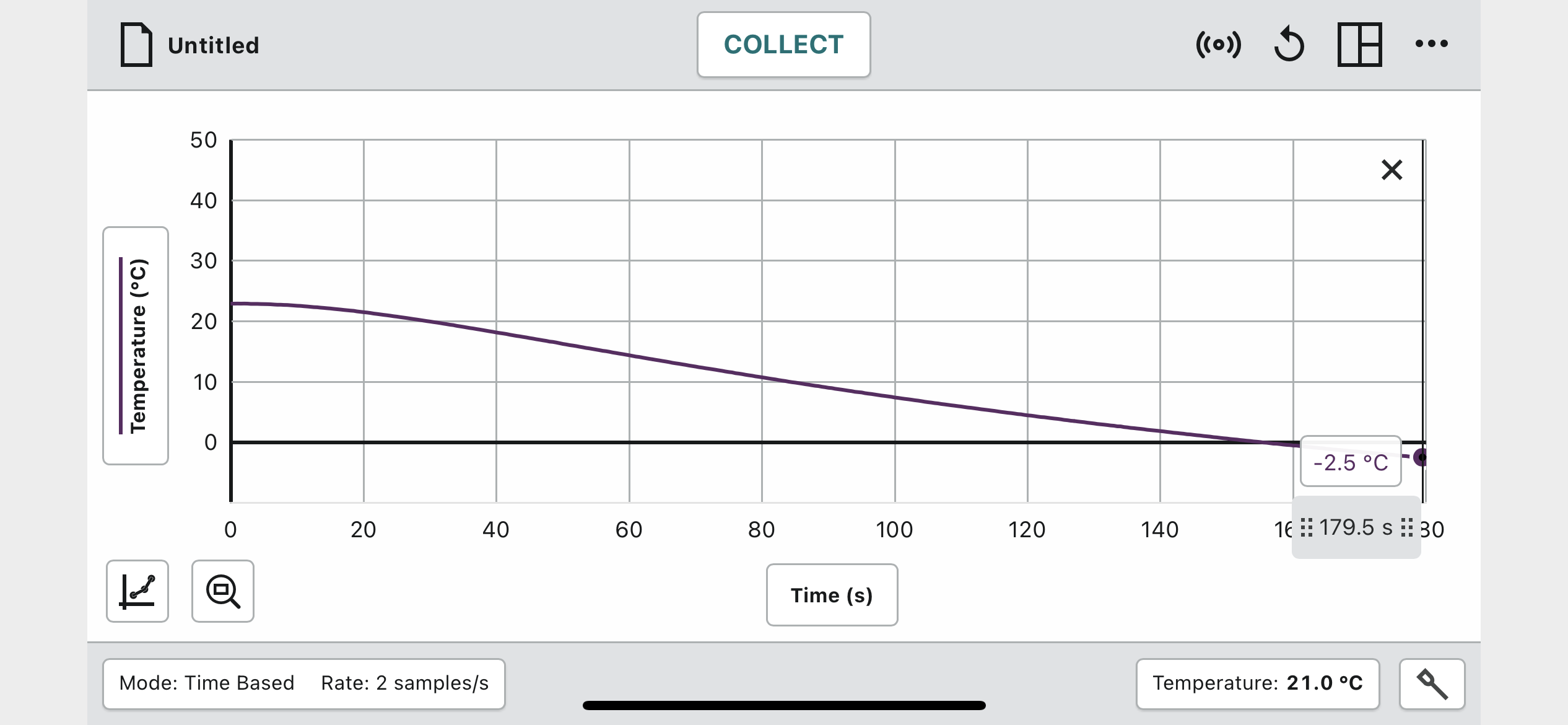
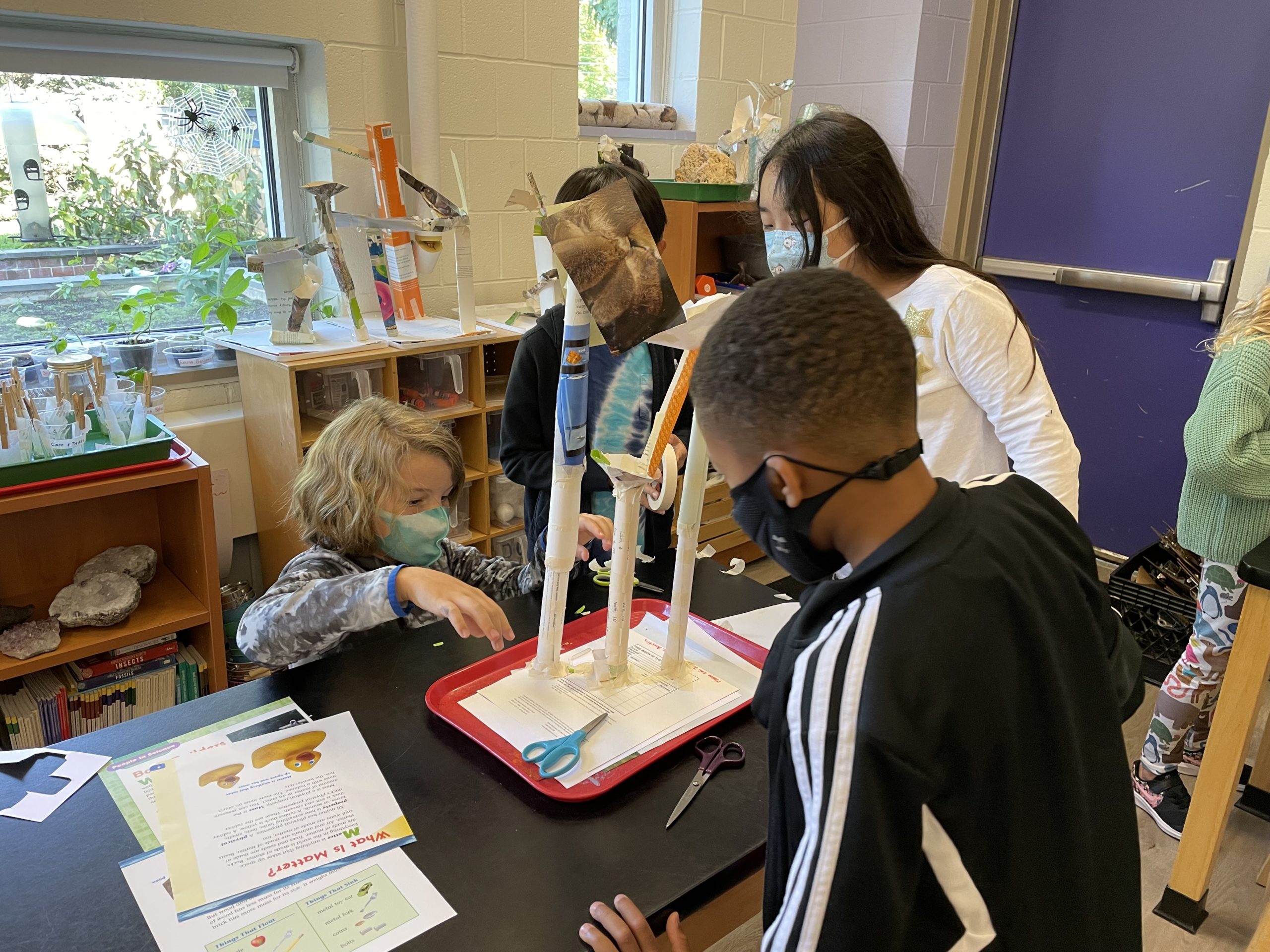
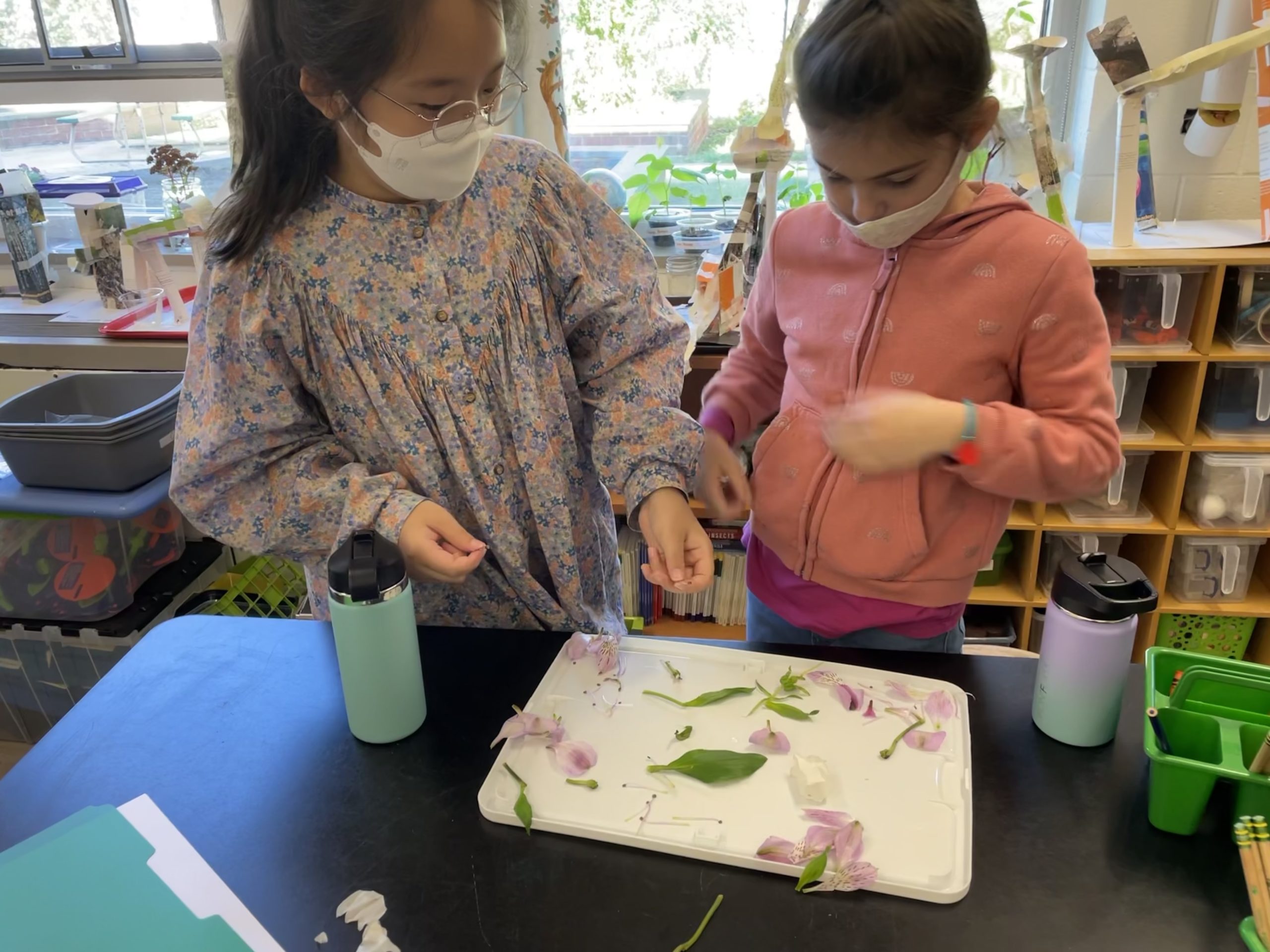
During the past few months, I was so excited to see students coming up with solutions sometimes I didn’t think
of, to hear the thought-provoking questions they have, to see the connections they have made between what they
learn in science class and in their daily lives, and to see them working together in groups and resolving
problems amongst themselves. We will keep you updated about the exciting moments in the class.

